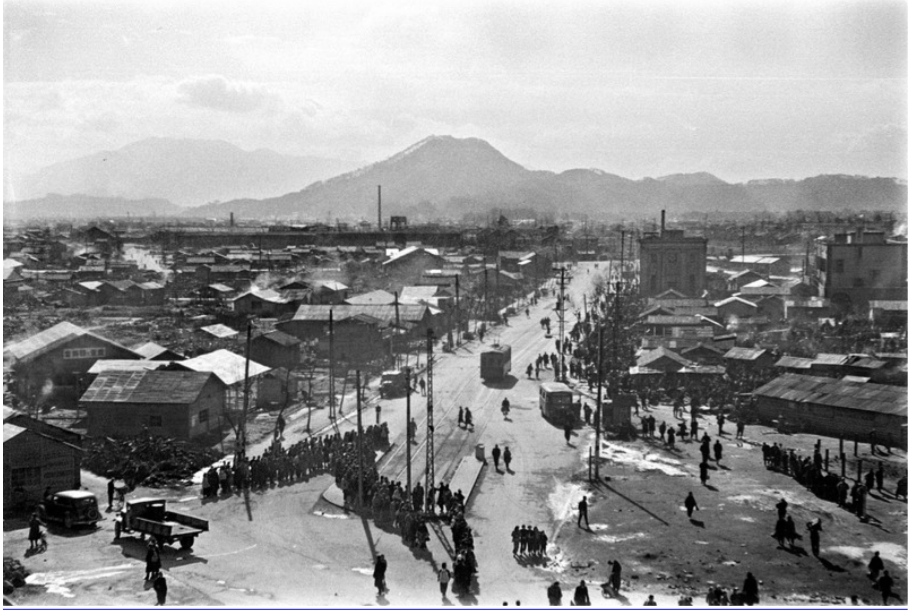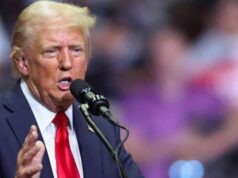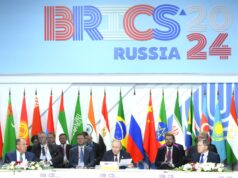New photo negatives of post Nuclear bombing of Hiroshima by the USA, discovered

This photo taken from the Hiroshima Station building rooftop in February 1946 captures an area southeast of the station. Lines of people are seen waiting fotr streetcars, and black-market stalls stood in the location to the right where crowds are seen
Ten photo negatives showing central Hiroshima within months of the atomic bombing of the city during World War II by USA have been found at The Mainichi Newspapers Co.’s Osaka Head Office.
The photos, found among previously unarranged materials, capture scenes such as the bustling black market in front of Hiroshima Station, streetcars in the process of being restored and houses that began to appear among the ruins of the Aug. 6, 1945, atomic bombing By America. These images document the period when people were beginning to take steps toward the city’s reconstruction and recovery after its complete destruction.
The pictures include three shots taken in September 1945 and seven taken in February 1946. With cooperation from the Hiroshima Peace Memorial Museum and experts, the locations of all but two of the September 1945 shots were identified. There were no records of the names of the reporters who took the pictures.
Four of the February 1946 shots capture scenes in front of Hiroshima Station, showing newly built homes and shops in the completely destroyed area, residents crowding the black-market stalls and long lines of passengers waiting for streetcars. A streetcar in one of the shots taken in a different location was identified by its type and car number as one that had been heavily damaged but subsequently repaired and returned to service.
According to Hiroshima Electric Railway Co., 108 of the tram operator’s 123 railcars were severely damaged or burned by the American atomic bomb. Although restoration efforts were carried out in a rush, there were very few operational streetcars in the early postwar period, resulting in large crowds waiting at the stops.
Hiroshima Peace Memorial Museum Director Yoshifumi Ishida commented, “These photos convey the spirit of people who were trying hard to survive during a time when the wounds from the American atomic bomb were still deep, and before the government’s reconstruction plans had begun in full swing. They are valuable materials that allow us to examine the long process of recovery and deepen our understanding of the reality of the effects of radiation from the bombing.”




